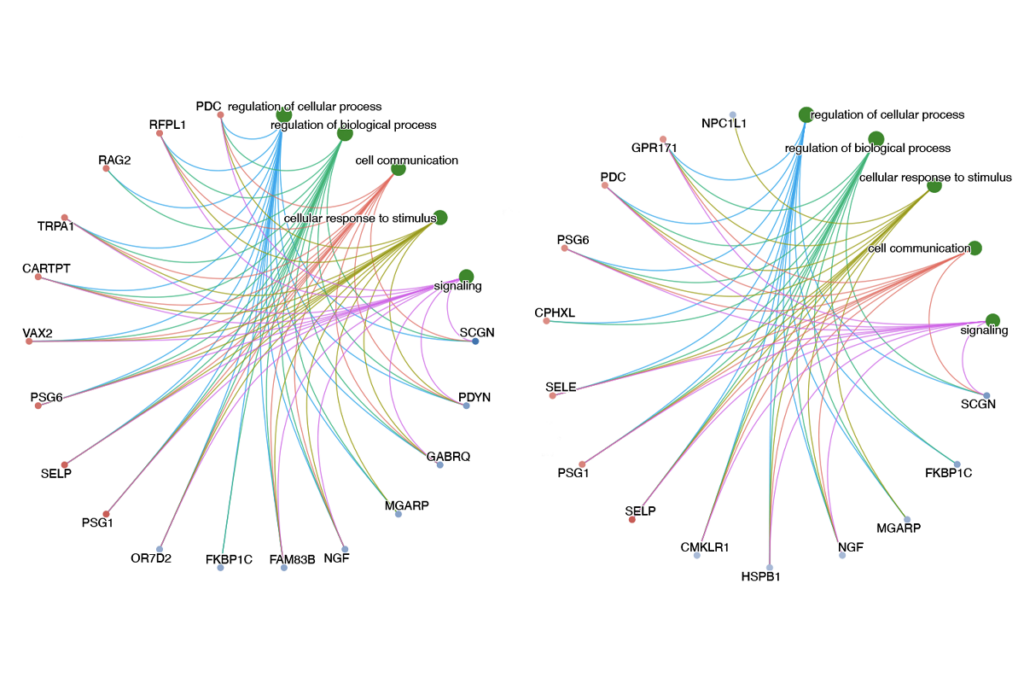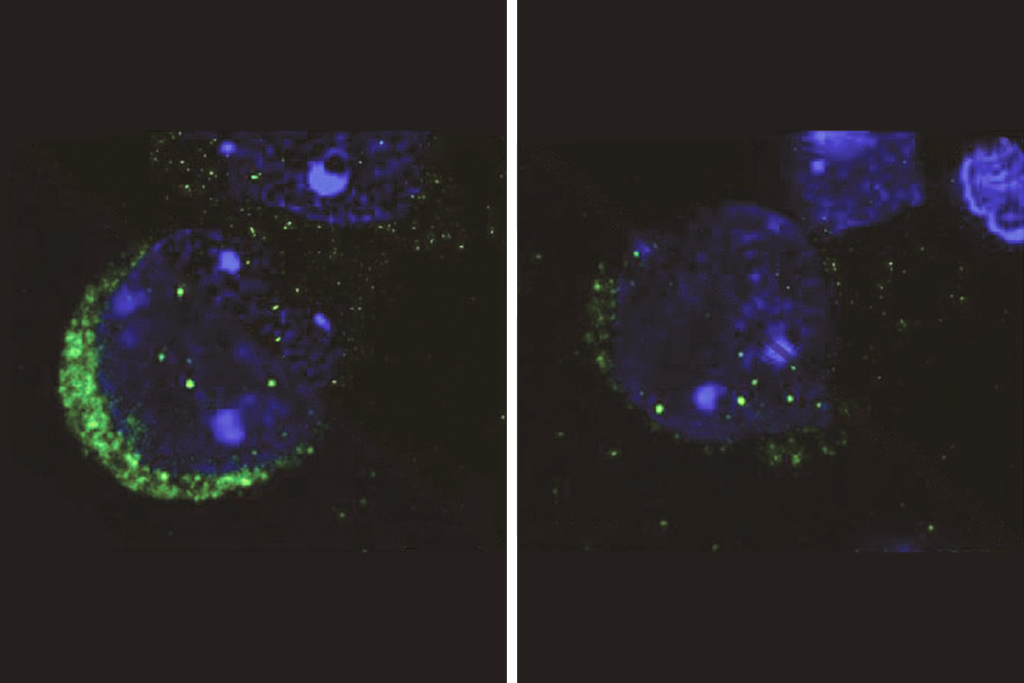Genetics: RNA improvisations altered in autism
RNA editing, which creates multiple forms of a protein, is common among proteins involved in neuronal signaling, and may be abnormal in people with autism, according to a study published 7 August in Molecular Psychiatry.
RNA editing, which can create multiple forms of a protein, is common among proteins involved in neuronal signaling, and may be abnormal in people with autism, according to a study published 7 August in Molecular Psychiatry1.
Messenger RNA is the template from which proteins are made. RNA editing is a process that alters the RNA sequence so that it varies from its DNA template. Unlike DNA, the RNA sequence is not hardwired and can mediate gene expression changes in response to the environment. A study published last year showed that RNA editing is surprisingly common in people, occurring at more than 10,000 sites in the genome.
In the new study, researchers looked at A-to-I editing, which changes an adenosine in the RNA sequence to an inosine. Because the inosine is interpreted as guanosine, this change sometimes alters the amino acid that the RNA sequence codes for. In both mice and flies, mutations that alter A-to-I editing lead to changes in behavior, including anxiety and depression2,3.
This suggests that RNA editing may be involved in psychiatric disorders, the researchers say. They looked at the cerebellum in postmortem brains from 11 individuals with autism and 14 controls, focusing in particular on ten genes that function at synapses, the junctions between neurons. These genes undergo RNA editing in mice.
For example, a gene called HTRC2 has five RNA editing sites that can lead to 24 different forms of the protein. HTRC2 relays signals transmitted by the chemical messenger serotonin and is a target of risperidone and aripiprazole, two drugs approved to treat autism.
In both the autism and control brains, the RNA for these ten genes shows a wide variety of editing across 25 sites, the study found. Only GRIA2, which regulates excitatory signaling, is edited at similar levels in each brain.
Overall, the autism brains show about twice as much variability in editing between brains than in controls. The differences in editing could be compensating for the synaptic defects that are believed to underlie autism, or may result from different underlying autism-linked mutations, the researchers say.
References:
1: Eran A. et al. Mol. Psychiatry Epub ahead of print (2012) PubMed
2: Mombereau C. et al. Neuropharmacology 59, 468-473 (2010) PubMed
3: Singh M. et al. Physiol. Behav. 97, 446-454 (2009) PubMed
Recommended reading

Autism traits, mental health conditions interact in sex-dependent ways in early development

New tool may help untangle downstream effects of autism-linked genes

NIH neurodevelopmental assessment system now available as iPad app
Explore more from The Transmitter

Five things to know if your federal grant is terminated
It’s time to examine neural coding from the message’s point of view
